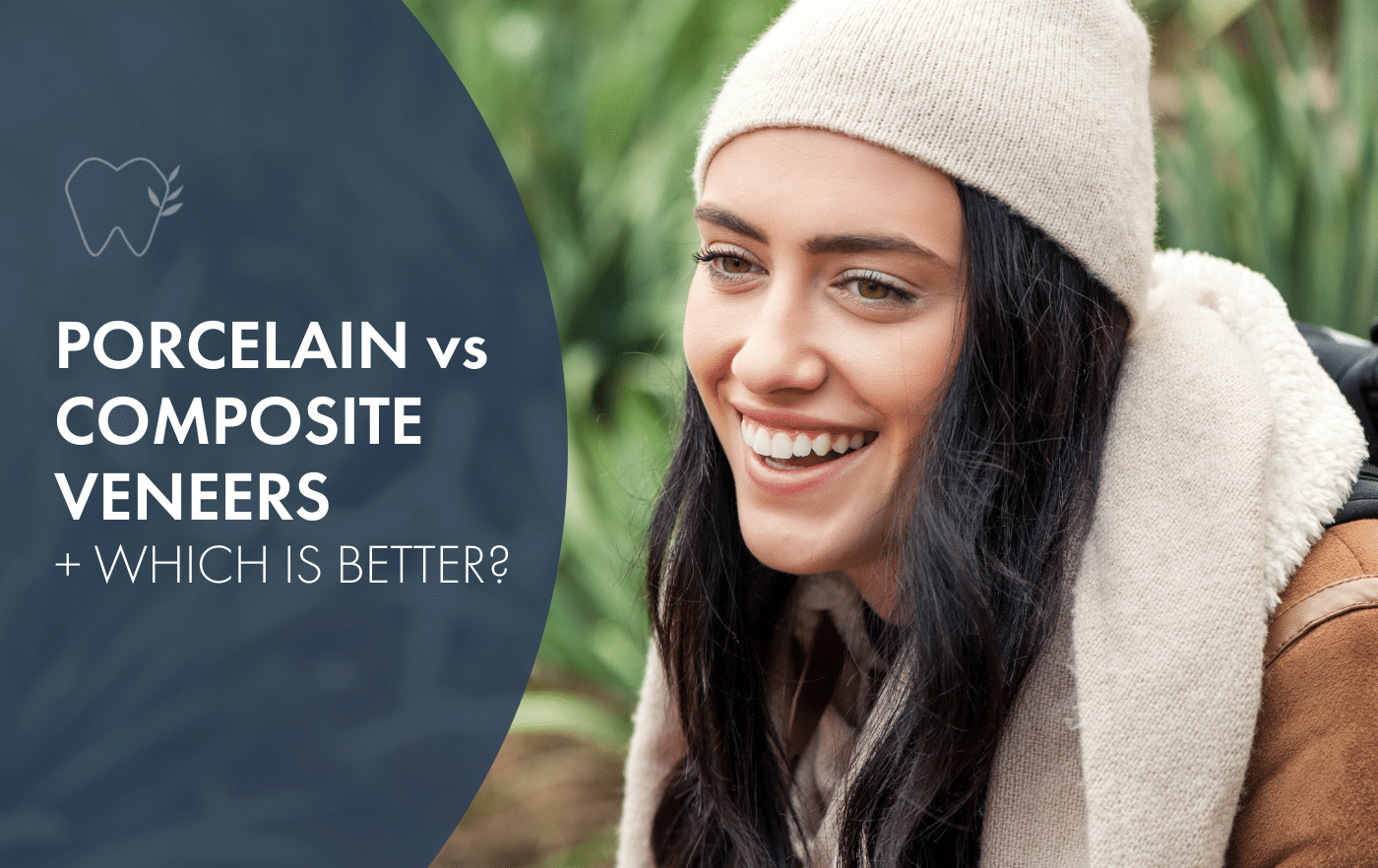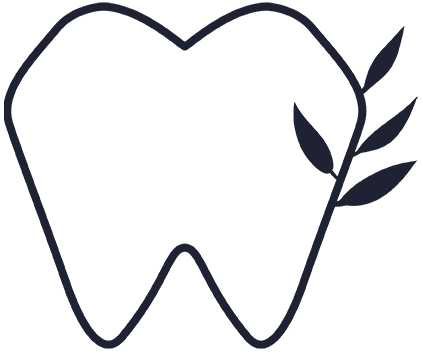
What Are Retainers And Why Should You Wear Them After Orthodontic Treatment?
You have probably heard your dentist or orthodontist talk about retainers and wondered “What are they?” and, “why do I need them after my orthodontic treatment?”
To put it simply, retainers preserve, hold and keep your teeth in their straighter alignment after you’re no longer wearing braces or clear aligners. In the quest for straight teeth for life, braces or clear aligners only complete half the battle, and retainers complete the other half.
If you currently have braces/aligners to straighten your teeth or plan to straighten your teeth in the future, chances are your dentist will recommend retainers. Here is everything you should know about them and their importance after orthodontic treatment.
What Are Retainers?
Retainers are custom appliances that hold your teeth in place after orthodontic treatment, such as braces or clear aligners. A retainer is custom designed and molded according to the current size and alignment of your teeth to ensure that they do not relapse to their original position.
We recommend that patients’ wear their retainers full time including sleeping (taking them out only to eat/drink/brush/floss) for at least 3-6 months after their orthodontic treatment. This is because the jaw bones, which hold your teeth in place, require sufficient time to rebuild and anchor your teeth into their new, straighter positions. Before this happens, the bone may not be strong enough to support the teeth in their new position and your teeth will relapse over time. After sufficient time (duration varies from one patient to another), your dentist may suggest that only night-time retainer wear is sufficient to keep your teeth looking beautiful and straight.
Why Are Retainers Important?
It’s very important to recognise that orthodontic treatment does not guarantee perfectly straight teeth for the rest of your life. Your teeth WILL move due to the regular forces placed on them by eating, biting, grinding, clenching and your tounge/soft tissues. Your teeth will also shift as a natural consequence of aging and other life events (e.g. pregnancy). Teeth have a memory and often try to move back to their original positions – in particular, your upper and lower front teeth are the most prone to shifting or crowding.
To minimise the risk of your teeth moving from their new positions, regular retainer wear will be necessary for the rest of your life. That being said, even with good retainer wear, your teeth may move slightly due to the natural forces within the mouth and aging.
Types of Retainers
Retainers come in two main categories: permanent (fixed) and removable retainers.
Permanent (Fixed) Retainers
Permanent retainers are also known as fixed or bonded retainers, and as the name implies, they are not designed to be removed during the day or night. A custom-made and fitted wire will be bonded (i.e. glued) to the back of your front teeth to prevent them from moving or relapsing. The wire is not visible when you smile so no one will know you’re wearing them! You can choose to have a permanent retainer on the top, bottom or both.
Here are some pros and cons of permanent retainers that you should consider:
Pros
- You don’t have to worry about removing your retainers whenever eating or sleeping. They are permanently bonded to your natural teeth.
- They cannot be seen. Permanent retainers are bonded to the back of your natural teeth so no one can see them unless you tell them.
- Very good if you live a busy lifestyle or feel you might get lazy or forget to wear your retainers. They are always there, which means your teeth will be less prone to relapsing.
Cons
- Permanent retainers are in your mouth 24/7 so if you’re not good at brushing, flossing and keeping them clean, calculus may build up around them.
- Some types of permanent retainers are hard to floss because of the wire or glues bonding them. At The Grove Dental we prefer to use a V-Loop wire retainer which dips down to gum level between teeth so that you can floss like normal with it on.
Removable Retainers
Removable retainers are made of plastic and can be taken off when you want to eat or clean. If you’ve just completed clear aligner treatment, your removable retainer will look similar to your final aligner, but it will be made from a slightly stronger or thicker material (without any button or attachment points).
Like permanent retainers, removable retainers are custom made to meet the current alignment needs of your teeth.
Pros
- Easier dental care and cleaning. It’s easy to brush and floss your teeth because the retainers are removable.
- There is no wire bonded to the back of your teeth
Cons
- Unlike fixed retainers, removable retainers may be noticeable when you are wearing them during the day. This will become less of an issue when you begin to wear them at nighttime only.
- You can easily misplace or lose your removable retainers. While waiting for a replacement to be made you will not have any retainers and your teeth may shift slightly during this time.
- When compared to permanent retainers, removable retainers are less durable. They need to be looked after and maintained so that they do not distort or break.
- Will need to be replaced as they wear down or crack. Overtime, the plastic is prone to being worn down and breaking so it is advisable to replace your removable retainers every 1-2 years (or as required) to ensure they are adequately holding your teeth in position.
What Happens If You Don’t Wear A Retainer?
Any orthodontic treatment (whether fixed braces or clear aligners) involves a significant investment of your time, effort and money. It is always a real shame to see patients who were so diligent with their orthodontic treatment, experience relapse after completing treatment because they did not take the retention phase seriously. Patients who do not wear a retainer for a prolonged period of time will experience some form of relapse and often, they return to the dentist for orthodontic retreatment in order to return their smile to the way it was before it relapsed.
If you already have a retainer, it’s critical you use them according to your dentist’s recommendations. If you accidentally forget to wear them for a day or two, it’s not the end of the world and often you can restart wearing them as soon as you remember. It’s important to find a way that works for you to include your retainer wear and maintenance into your regular at-home care routine.
Care Tips for Retainers
Taking good care of your retainers is essential to prolonging the outcome of your orthodontic treatment. Here are helpful care and maintenance tips for retainers.
- Clean your removable retainers regularly to get rid of any food buildup or plaque. Using a soft bristled toothbrush and mild lukewarm water is sufficient.
- Do not put your removable retainers in hot or boiling water because this will distort, warp and potentially melt the plastic.
- Don’t leave your retainers within reach of your pets. Keep them safely stored in their protective case when not in use and in a safe place where they will not fall or be damaged.
- Ensure your teeth are clean before wearing your retainers.
- Do not eat or drink when wearing your removable retainers – this can potentially cause the plastic to break and cause soft tissue damage in your mouth. Remove them before eating or drinking or chewing.
- If a fixed retainer becomes lose or falls off, don’t attempt to repair it or remove it yourself. Go to your dentist immediately for appropriate care.
Lastly, if your retainers ever start causing you discomfort or they don’t fit anymore, tell your dentist right away. It’s important not to force your retainers back on if your teeth have relapsed as this could cause serious long term damage to your teeth.
Final Word
Retainers are designed to hold your teeth in place once orthodontic treatment has been completed, and to preserve your beautiful new smile. To minimise the risk of your teeth moving from their new positions, regular retainer wear is necessary for the rest of your life. But even with good retainer wear, your teeth may move slightly due to the natural forces within the mouth and aging. At The Grove Dental we strongly recommend wearing permanent (fixed) retainers in conjunction with a set of of removable retainers for the greatest chance of preserving the positions of your teeth and reduce the chance of them shifting. Cleaning and maintaining your retainers, as well as maintaining good oral hygiene are both crucial to ensure a beautiful smile for life.
If you’d like more information about retainers or tailored advice regarding the best option for you, book in a consultation will one of our friendly clinicians today!





